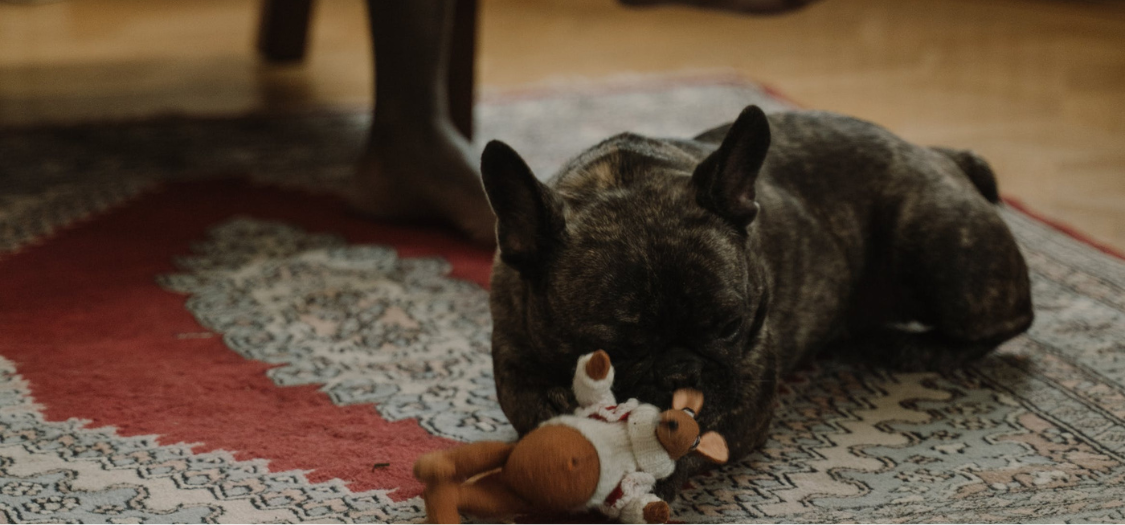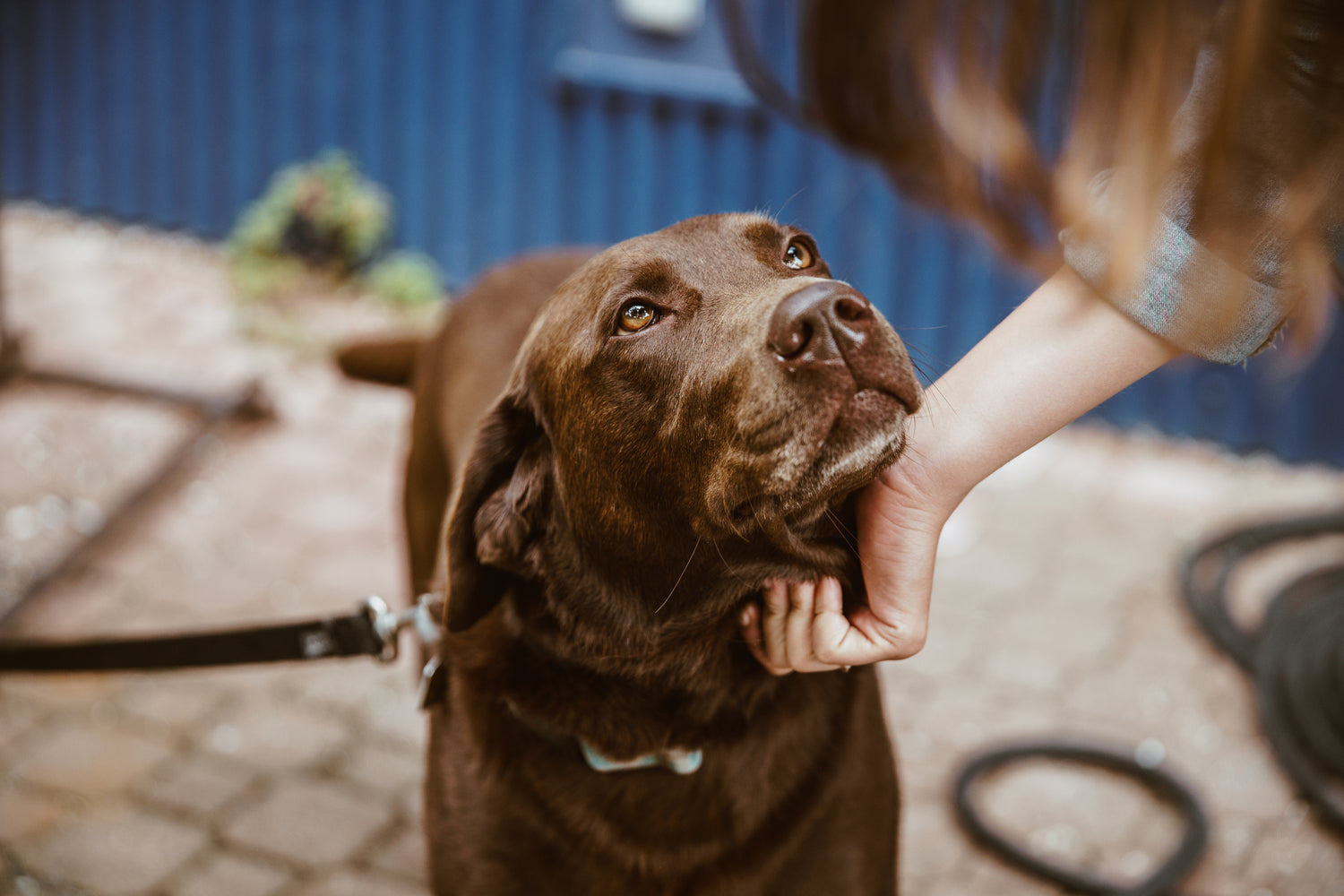My Dog’s Back Legs Are Suddenly Not Working.
What Should I Do?

If your dog’s legs are suddenly not working, they will find it hard to get on their feet and will likely wobble, weave and be unbalanced when they stand. It can be distressing to watch as your dog cannot walk or get around like normal.
First, you must take your dog to the vet for a confirmed diagnosis.
It is good to understand what medical conditions your dog might have:
Neurological conditions
Neurological conditions can affect your dog quickly (and also slowly), but if your dog has suddenly lost the use of their back legs, it could be an issue with the nerves. This is similar to when someone is paralysed. Here the spinal nerves stop working, so your dog's back legs will no longer function like normal. They'll often be completely limp or, when you touch the paw pad, your dog has no idea you are touching their toes.
There are many nerve conditions for example: a spinal stroke, Spondylosis, and severe arthritis. Read more here: https://zoomadog.co.uk/collections/dog-back-braces-dog-spinal-problems
This could be a sign of Degenerative Myelopathy where your dog’s paws will start to curl, read more here: https://zoomadog.co.uk/collections/degenerative-myelopathy
Injury
Your dog’s legs might suddenly stop working if they have an injury on their back leg. Check their leg thoroughly for any cuts and signs of injury. Feel for heat in their leg, this will indicate an area where there is likely an issue. Heat can mean a tendon has ruptured or torn inside, perhaps due to an accident when they were running around. Look for any signs of blood or similar, which might indicate a reason.
Hock Injuries
The hock is the main joint halfway down your dogs back leg. A severe hock injury can mean your dog's back leg is suddenly not working. Your dog might be limping on their back leg due to hock swelling, arthritis, an Achilles Tendon rupture, a pulled or torn hock ligament. Your dog might not be able to fully weight bear, limp or walk unsteadily. We recommend you fully support your dog’s hock with a brace, this will reduce pain and prevents reinjury. Read more here: https://zoomadog.co.uk/collections/dog-hock-injuries
Achilles Tendon
Achilles Tendon injuries occur in your dog’s back legs and can make your dog limp, unable to weight-bear or completely change the angle of your dog’s back leg, often called a ‘dropped’ hock. A dropped hock is a complete Achilles Tendon rupture, causing your dog to walk flat-footed. When this happens, it's important that you give your dog as much support as possible. Read more here https://zoomadog.co.uk/collections/dog-achilles-tendon-injury
Hip Dysplasia
Your dog might suddenly lose the use of their back legs because of weakness emanating from the hips. Hip dysplasia can be debilitating for your dog, it can mean they can’t get up and when they walk it can be incredibly difficult or painful for them. There are some treatments for hip dysplasia, read more here: https://zoomadog.co.uk/collections/dog-hip-dysplasia-braces-signs-and-treatment
Read more about the medical conditions which might be why your dog has lost the use of its back legs: https://zoomadog.co.uk/collections/rear-leg-weakness-in-your-dog

We can help find the right solution for your dog
Feel free to give us a call on 01730 622544
or email us at woof@zoomadog.co.uk
Comments
Leave a comment